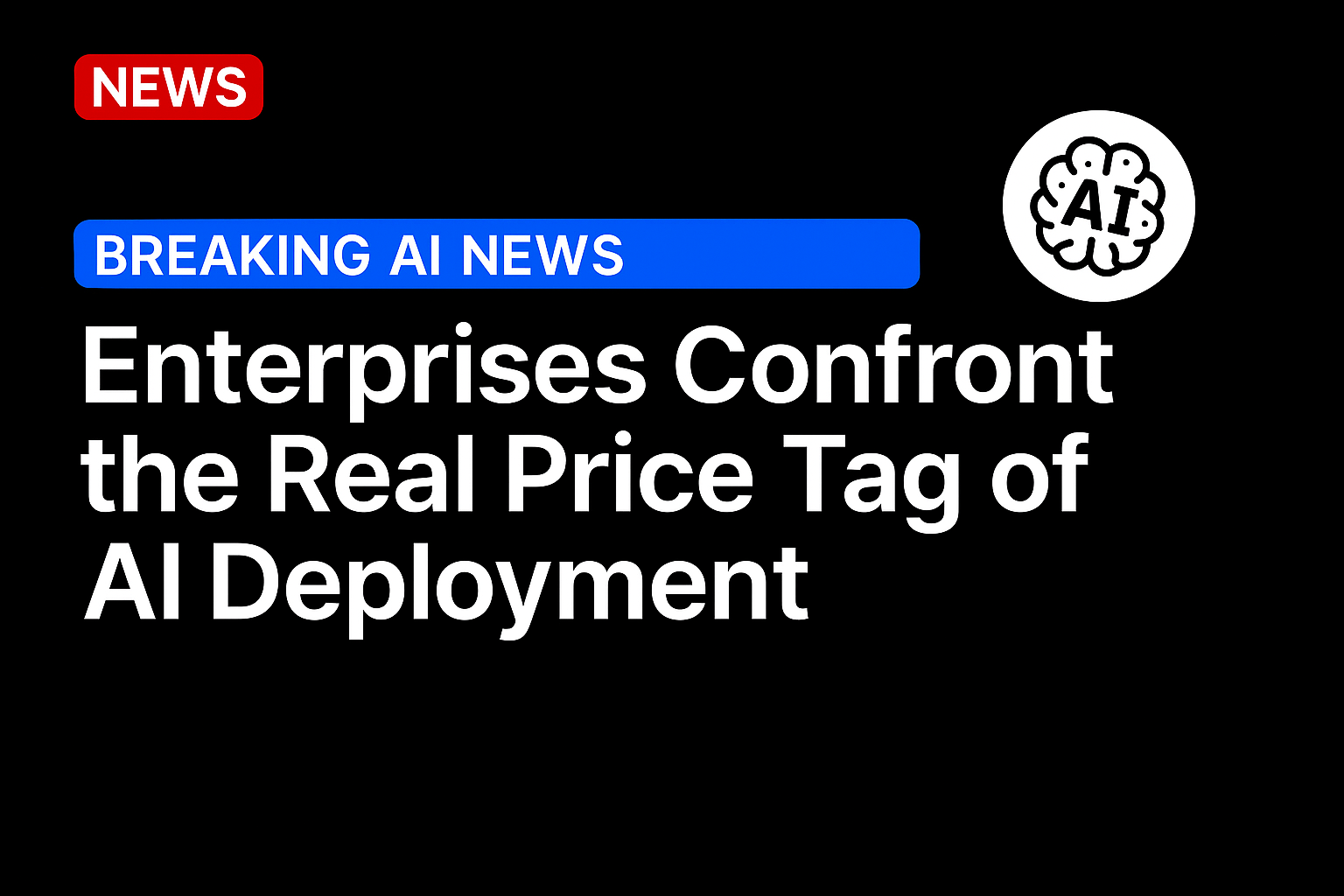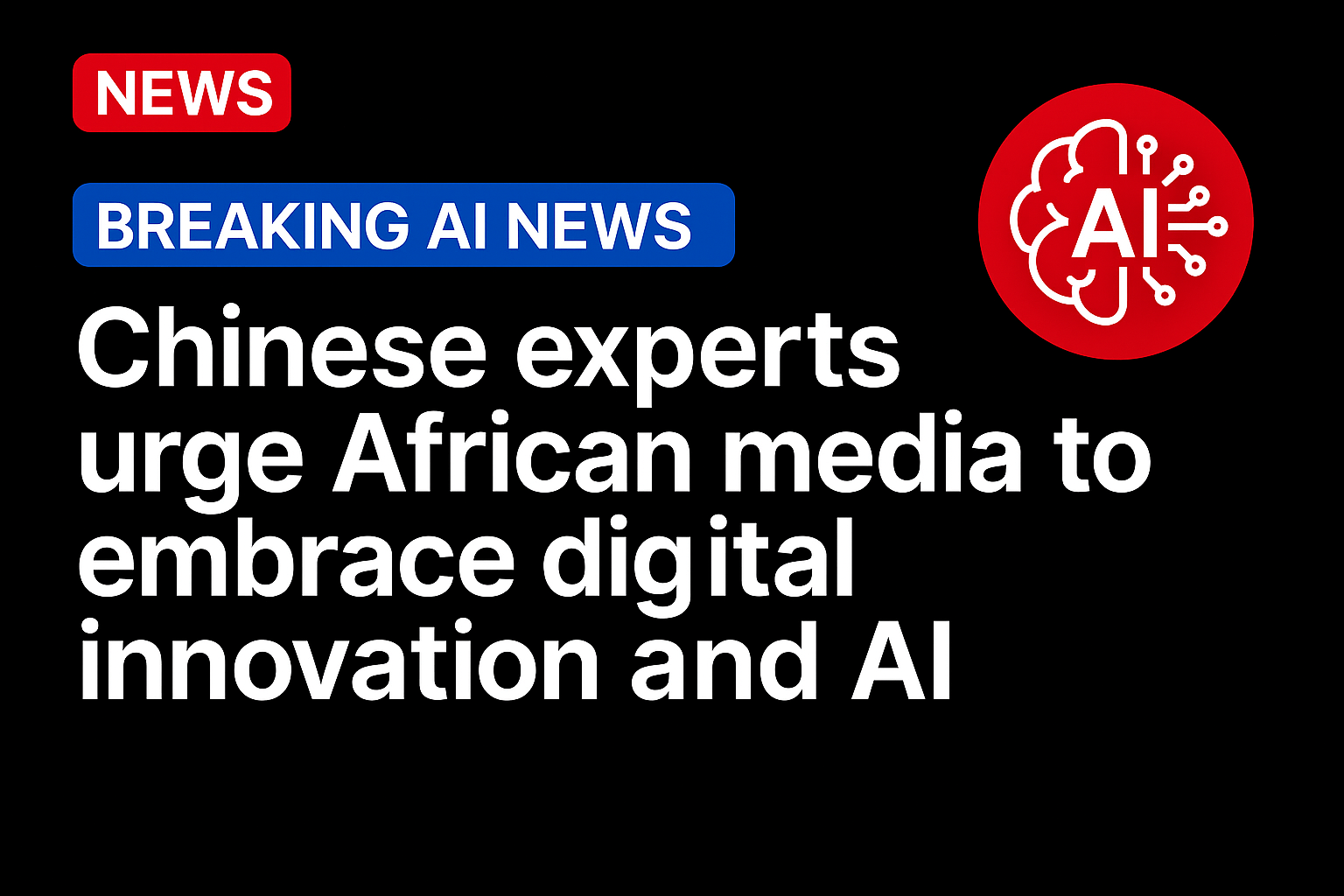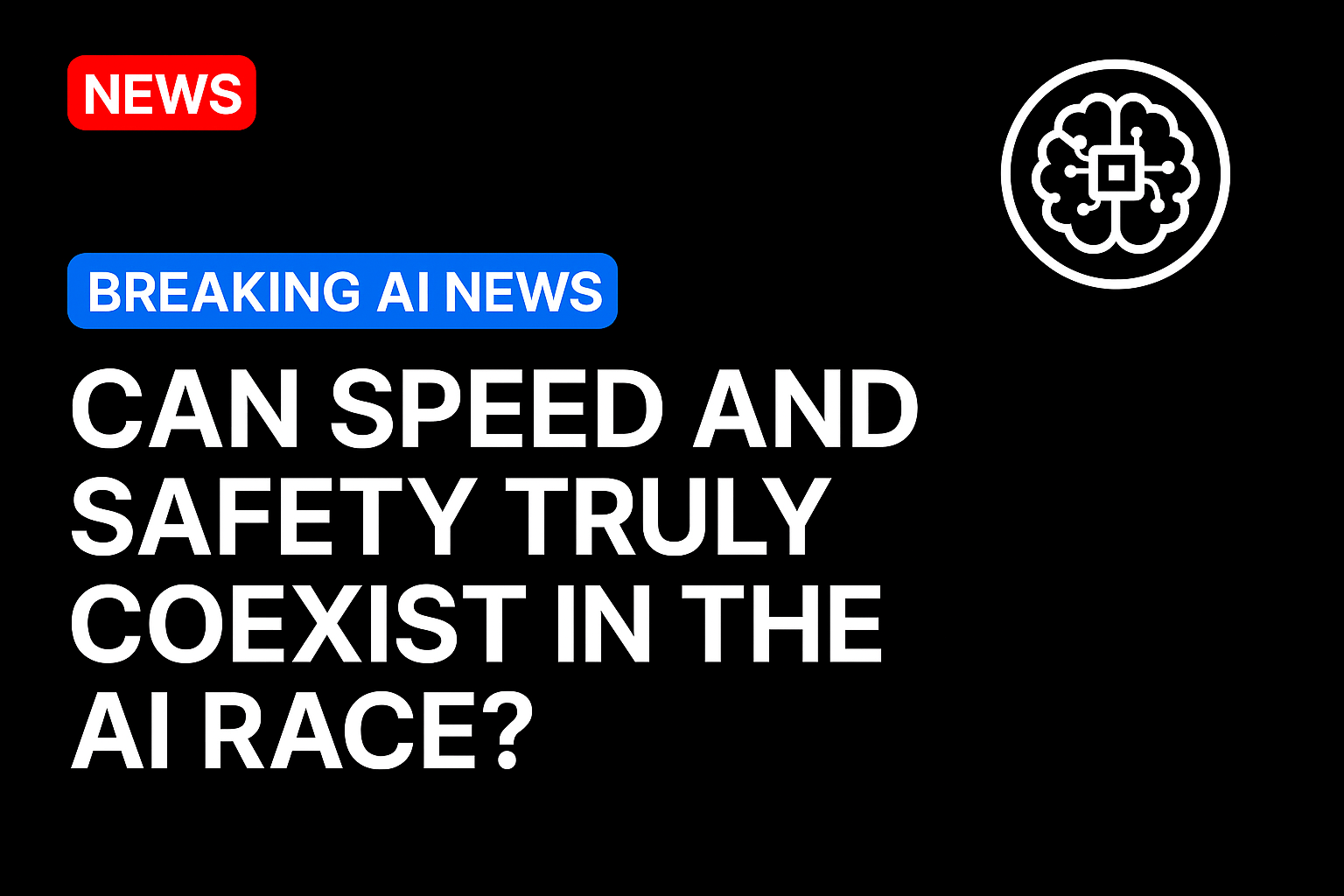The rush to integrate artificial intelligence (AI) into enterprise operations is colliding with a complex and sometimes underestimated reality: Deploying AI at scale can be pricey, and the true cost can extend far beyond the per-million-token rates on vendor websites.
According to recent PYMNTS Intelligence data, the cost of deploying AI is the second biggest drawback of generative AI adoption, with 46.7% citing it as a concern, following only integration complexity.
On paper, the cost of using today’s generative models is falling based on what AI companies are charging.
For example, OpenAI’s GPT-4 with an 8K context window had cost $30 per million input tokens and $60 per million output tokens as of early 2023. This year, GPT-4 Turbo, which is more powerful, nonetheless costs 50% to 67% less: $10 per million input tokens and $30 for the output.

According to Stanford’s 2025 Artificial Intelligence Index report, as AI models become more capable and smaller, the costs for applying them in use cases — inference — “have fallen anywhere from nine to 900 times per year,” the report said.
When it comes to infrastructure, costs have declined by 30% annually, while energy efficiency has improved by 40% each year, according to the Stanford report. Moreover, open-weight models that are free to use are closing the gap with closed models in performance.
But these headline numbers tell only part of the story.
Although the cost of the models has dropped since 2022, the overall cost of ownership “has been resistant to declines,” said Muath Juady, founder of SearchQ.AI. “The real expenses lie in the hidden infrastructure, including data engineering teams, security compliance, constant model monitoring, and integration architects necessary to connect AI with existing systems.”
For every dollar spent on AI models, businesses are spending five to $10 to make the models “production-ready and enterprise-compliant,” Juady told PYMNTS. “The integration challenges tend to be more expensive than the technology itself and require substantial investment in change management and process redesign, which many organizations underestimate.”
Moreover, the cost of AI deployment “is not a one-time expense but an ongoing operational commitment,” Juady added.
So why is AI adoption soaring? Juady said, “businesses that are successfully adopting AI are not waiting for costs to drop further; they are identifying specific use cases where even current costs can provide a measurable ROI.”
Self-Hosting Can Lower Costs
For many enterprises, early decisions, such as whether to self-host, use the cloud or use third-party infrastructure, can dictate as much as 40% of AI expenses, said Pavel Bantsevich, project manager and solutions advisor at Pynest. Cloud-based hosting may be ideal for prototypes, but costs can spike as workloads scale.
Bantsevich said he worked with a U.S. construction company that’s been in business for a century to develop an AI predictive analytics tool and hosted it in the cloud. Infrastructure costs came to under $200 a month. But once it went live and people started using it, costs soared to around $10,000 a month. Switching to self-hosting using Meta’s open-source Llama model instead of the cloud lowered the cost to about $7,000 a month and has remained under control.
In another case, a European retailer client of Bantsevich’s with more than 50,000 employees wanted to implement a computer vision module for self-checkout machines. But the company didn’t want to use the cloud. It self-hosted instead using a small Llama AI model that performed well. Costs came to less than $10 a month per machine. “If a cloud solution had been selected, the numbers would have gone sky high,” he said.
Bantsevich believes that costs will continue to decline because datasets are more readily available today and cloud providers also have cut rates to retain customers. “It is likely we shall see AI costs be similar to electricity bills in the near future,” he predicted.
Meanwhile, Bill Chief Financial Officer Rohini Jain advised businesses to take advantage of AI that is already embedded in the platforms they use, such as those for invoicing, payments or forecasting, rather than adding standalone tools with “uncertain” pricing. “Integrated solutions typically offer better ROI and more predictable costs, such as subscription pricing,” she said.
Fergal Glynn, CMO and AI security advocate of Mindgard, said deploying AI can cost as little as $10,000 for basic projects, while large-scale enterprise systems can run into millions of dollars. Most companies spend between $50,000 and $500,000 for practical use cases like analytics tools or chatbots; smaller firms often pay less by using off-the-shelf AI.
Nicole DiNicola, global vice president of marketing at Smartcat, told PYMNTS that adopting AI doesn’t have to be “all or nothing.”
“Many platforms, including free or low-cost options, make it easy for organizations to start small and scale their adoption over time,” DiNicola said. “Unlike legacy SaaS, which often requires lengthy onboarding, upfront costs, and full-scale deployment to show value, AI can deliver meaningful impact without being fully integrated organization-wide.”
DiNicola pointed to teams embedding AI into workflows and already gaining efficiencies and cost savings. “AI tends to compound in value, but even small-scale adoption can drive clear and measurable improvements.”
A worse outcome would be letting the cost and complexity of AI scare a business into avoiding AI deployment in the first place.
“Inaction is often the more expensive path, even if it’s less obvious upfront,” DiNicola added. “While that delay might feel safe, early adopters are already building momentum, improving processes, learning faster, and expanding their competitive advantage.”
Source: https://www.pymnts.com/




